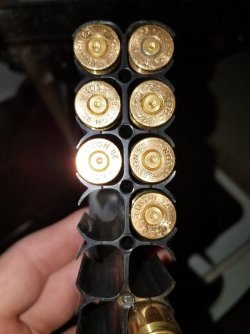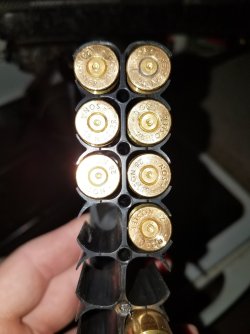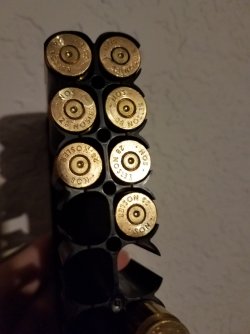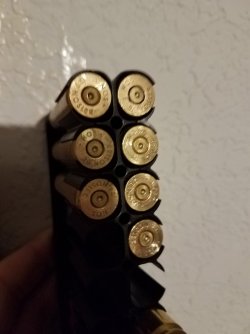tomcat818
Well-Known Member
Wasn't very clear there. Add precision shims (.001, .002, .004) to the bolt face until the bolt won't fully close on it own weight using a .003-.005" go gauge and then back off in .001" increments until it does in order to set the headspacing at .001-.002". One other smith makes his own go gauges for .002" headspacing. Both of these smiths are involved in building both bench rest LRH rifles. Several I've seen use a piece of scotch tape which measures .004" thickness to test for too much headspacing without a no go gauge. One piece of tape on bolt face closes easily apply second layer of tape to bolt face should not close.Add shims where?




